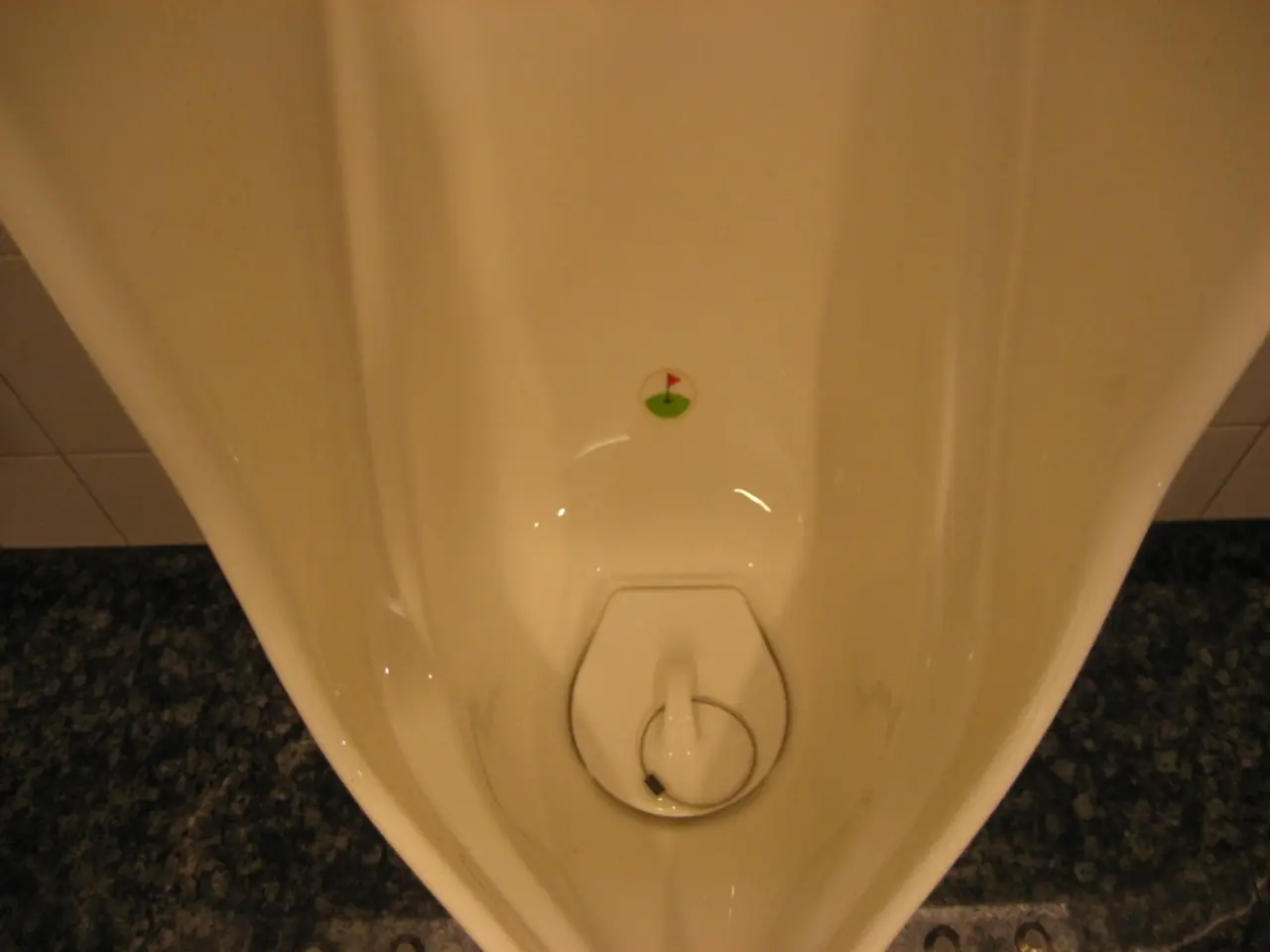Unraveling the Male Reproductive System: Key Components and Functions
The male reproductive system is a complex network of internal and external organs. It's responsible for both sexual function and the production of sperm. Let's explore its key components.
At the core of the male genital system are the testes. These two oval-shaped organs, nestled within the scrotum, produce sperm and the hormone testosterone. Testosterone is vital for the development of male characteristics, such as body and pubic hair growth, increased libido, and the growth of male genitalia. It also plays a crucial role in sperm production.
The epididymis, a long, coiled tube, sits on top of and behind each testis. It stores, matures, and transports sperm between the testes and the vas deferens. The vas deferens then carries the sperm to the ejaculatory duct, where it mixes with fluid from the seminal vesicles to create semen.
The prostate is a gland that surrounds the urethra, the tube that carries urine and semen out of the body. It secretes a fluid that mixes with sperm to create semen. The bulbourethral glands also contribute to this process, assisting in the discharge of semen.
The penis, the external organ of reproduction, serves both sexual and bodily functions. It ejaculates semen during sexual activity and relieves the body of urine. The scrotum, a pouch of skin that hangs behind the penis, houses the testes, epididymis, and lower spermatic cords.
The male genital system is a intricate network of organs working together to facilitate reproduction and eliminate waste. Understanding its components and functions is key to comprehending male reproductive health.




